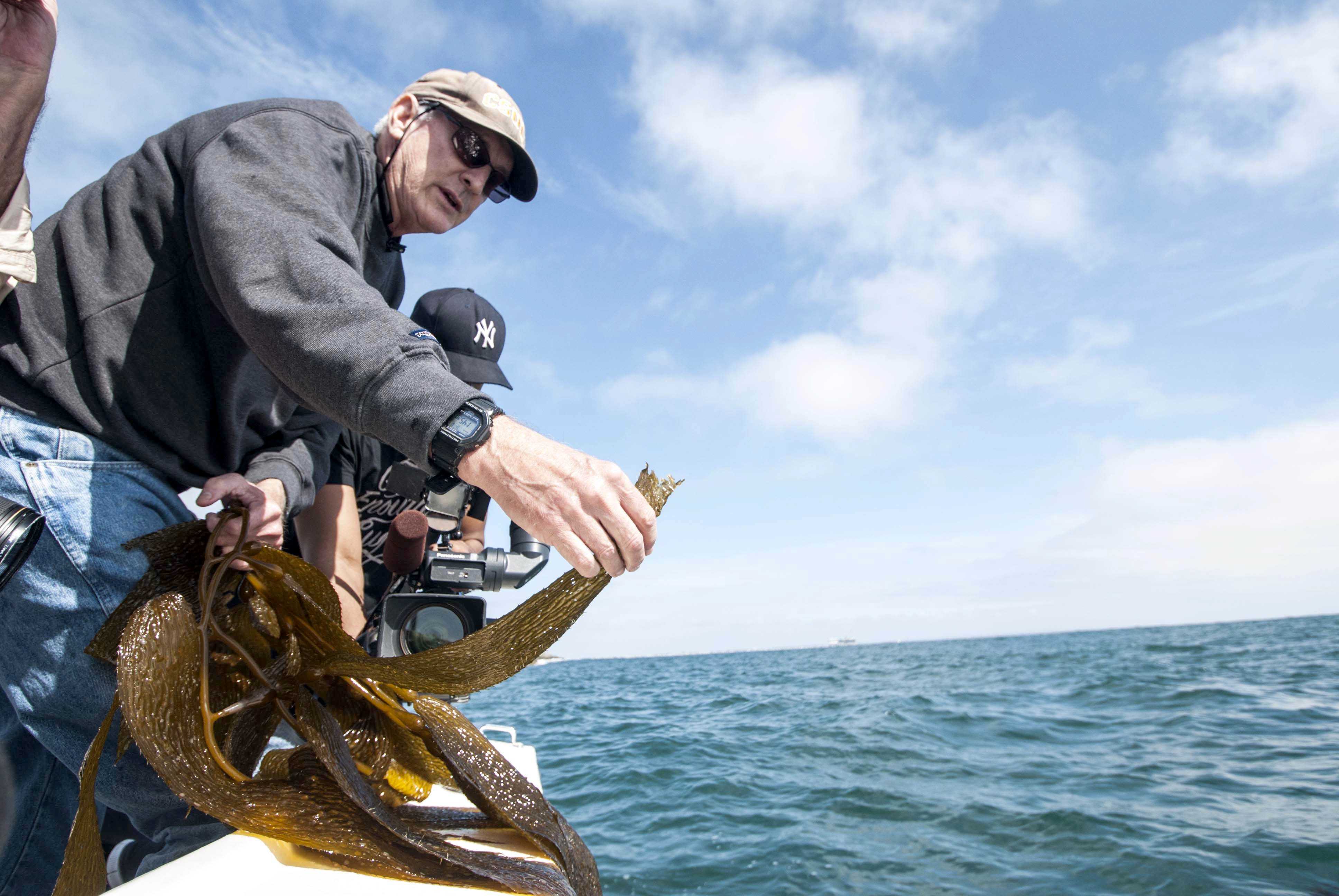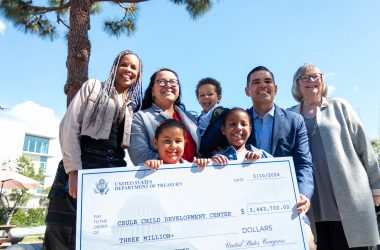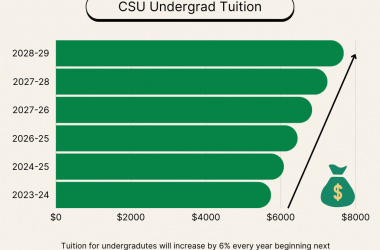Cal State Long Beach marine biology researchers took to the seas Thursday to collect samples from local kelp forests that would be tested for radioactive contamination from Japan’s 2011 Fukushima nuclear disaster.
CSULB marine biology graduate students Connor White and Dan Crear led the expedition, along with a separate boat transporting CSULB professor Steven Manley and media members from ABC, NBC, the Long Beach Press-Telegram and public radio station KRCW.
Approximately 1.5 miles off the Long Beach shoreline, students collected more than 14 pounds of kelp that were then taken back to a CSULB lab. The sample will be dried and pulverized into a fine powder before it is sent to the Lawrence Berkeley National Laboratory to be tested for radioactive isotopes.
Samples will be collected and dried at three labs in California, including CSULB, San Diego State University and the CSU Moss Landing Marine Laboratories, located in Monterey Bay and a consortium of seven CSU campuses in Central and Northern California, Manley said.
Thursday’s kelp sampling is the first of three samples that will be collected by “Kelp Watch 2014,” a collaboration between Manley and Kai Vetter, the head of applied nuclear physics at the Lawrence Berkeley National Laboratory.
The collaboration started when Manley wanted to test whether radioactive isotopes would hit the California coast three years after the 2011 Fukushima nuclear disaster.
Kelp, which absorbs nutrients and concentrates, has the perfect structure for this study because it is abundant, Manley said. It is also easy to process because no chemicals are required to extract the radioactive isotopes, Manley said.
Manley said the first test sample, which will serve as a baseline for the rest of the study, is expected to have little to no evidence of radioactive contaminates. He said they hope to see changes as the samples come in over the course of the year.
“This sample is a baseline,” Manley said. “But you never know what will show up.”
Manley said he doesn’t think there is enough scientific information available to the public about the implications of the Fukushima disaster on the California coastal areas, and resealing this factual information is one of his main goals for “Kelp Watch 2014.”
The campaign, which started with just a few sampling locations along the California coast, has gained both national and international attention, attracting more than 40 contributing scientists from locations as far north as Alaska as well as British Columbia, Guam and Chile.
Manley said the testing site in Chile would serve as the ultimate baseline sample for the natural contaminants in kelp because radiation from Fukushima is not expected to have traveled that far.
He also said there has been no study of this kind so far, and the results will identify just how much radiation has traveled through the Pacific Ocean in large kelp plumes and what organisms might be affected.
“Life is very diverse,” said Manley. “Who knows what the effects can be?”
Manley said that although he projects that the amount of radioactive material will not be harmful to humans, it will definitely affect the kelp forest ecosystem that houses more than 1,000 species of organisms.
Researchers are funding the campaign, and, as of now, all participants have agreed to work on the campaign pro bono. There have been two donations amounting to about $8,000 from the University of Southern California Sea Grant Program and Cal State University Council on Ocean Affairs, Science and Technology.
Money from the donations will be used to cover costs for shipping the samples from various resting sites, Manley said.
Results from the first sample are expected to be ready in May, and two additional samples will be taken in July and October, Manley said.




